A Complete Guide To All The Diacritical Marks

As usually observed, words like café, and frappé are pronounced with a different accent as compared to the other ordinary words. Have you ever wondered why? The mark above the letters makes all the difference.
Phonetics recognizes symbols added to a message, altering its sense, function as well as pronunciation. These are termed as Diacritical Marks or Accent Marks. Western languages contain words with letters whose sound is determined by such marks.
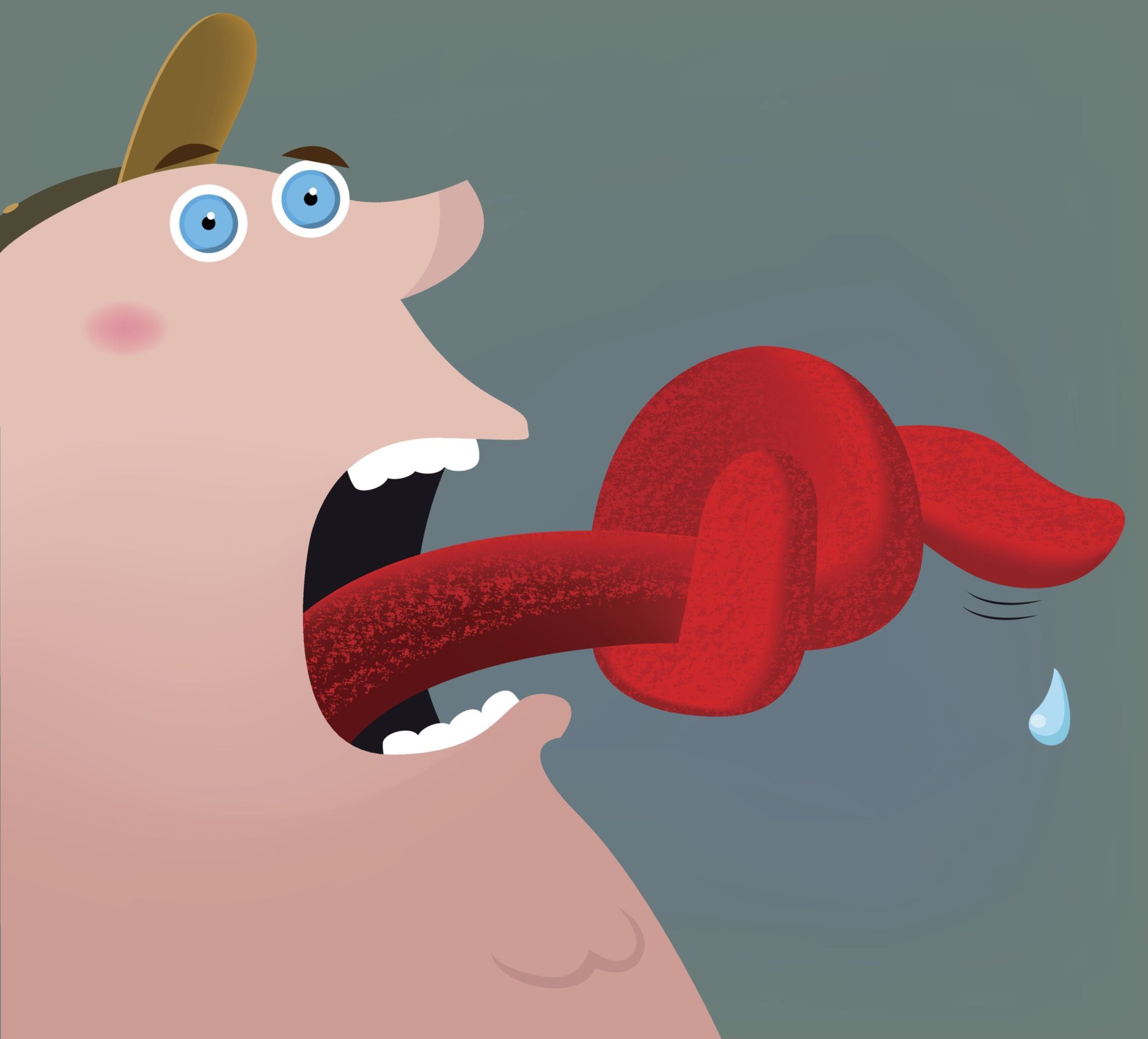
To make this simpler, the following marks represent an altered pronunciation.
ACUTE ACCENT (é)
The accent mark is used with certain French loanwords to indicate that the final e is pronounced with stress. In a way, it modifies vowels and marks stress. For instance, cliché, frappé, etc.

DIARESIS OR UMLAUT (ë)
Umlaut is indicated as a sound shift. It separates the second syllable in a word with two adjacent vowels. For instance, Chloë, naïve, Über, Führer, etc.
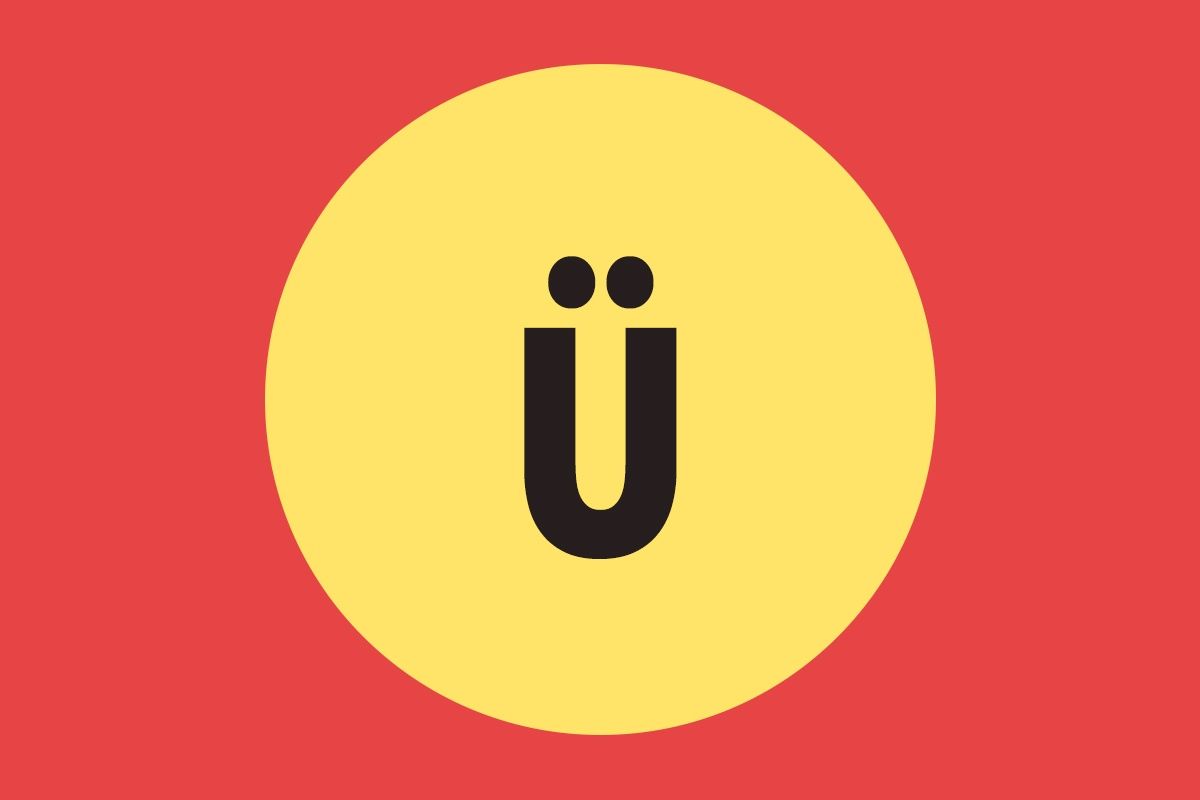
GRAVE ACCENT (è)
The grave accent (è) is occasionally used in poetry. It indicates that a usually silent non-syllabic vowel needs to be pronounced as a separate syllable. In other words, it modifies vowels and marks stress. For example, the Italian word papà, and English word lookèd.
MACRON OR STRESS MARK (ē)
Macron or Stress Mark (ē) is a straight bar, which signifies long vowel sounds in loanwords. Like, the word lēad.

CIRCUMFLEX (ê)
In words such as entrepôt, rôle, and paper-machê, the symbol circumflex (ê) indicates omitted “s.” Additionally, it marks a long vowel in loanwords.
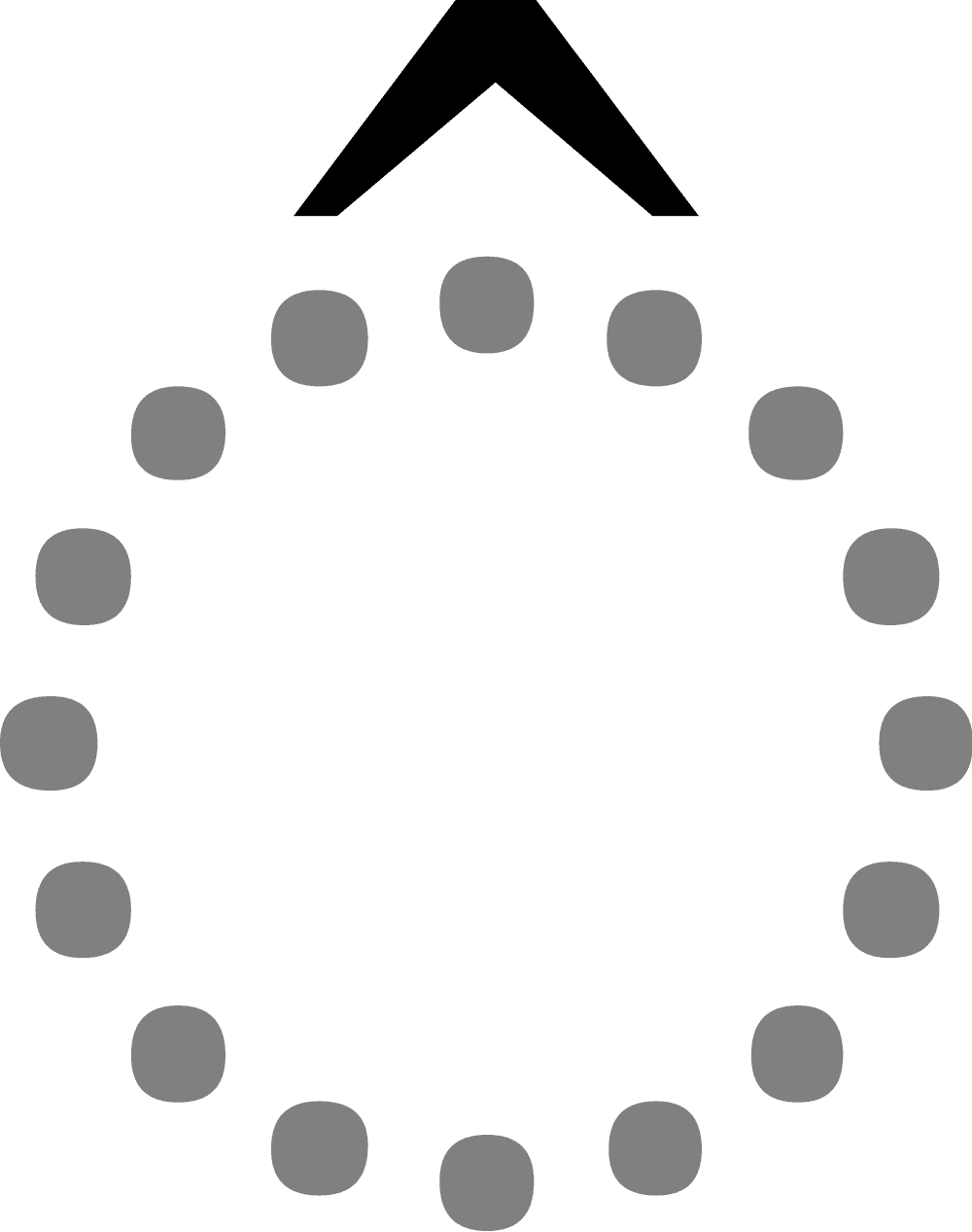
CEDILLA (ç)
In the languages French and Portuguese, the mark cedilla (ç) softens “c.” Like in the loanwords soupçon and façade, it gives the “c” an “s” sound.
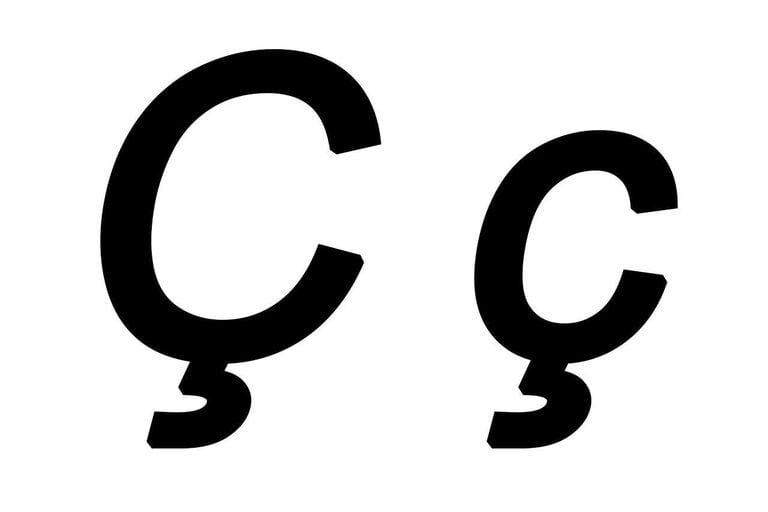
TILDE (ñ)
The accent mark is used to indicate a palatalized “n”. It represents a rise in pitch followed by a return to the standard pitch. For instance, in the words señor, piñata, jalapeño, and quinceañera.
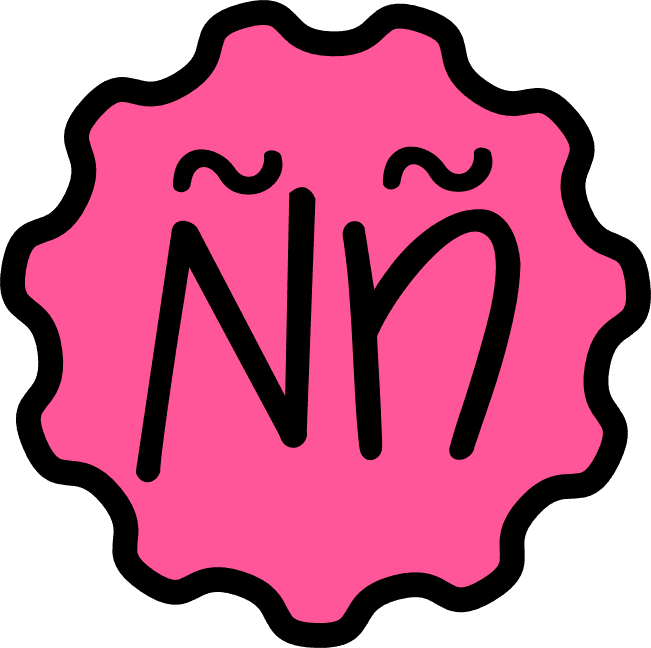
STREG (ø)
The slash accent marks that the sound is produced by forcing air through a narrow channel. For instance, the Danish words søster and bønne.
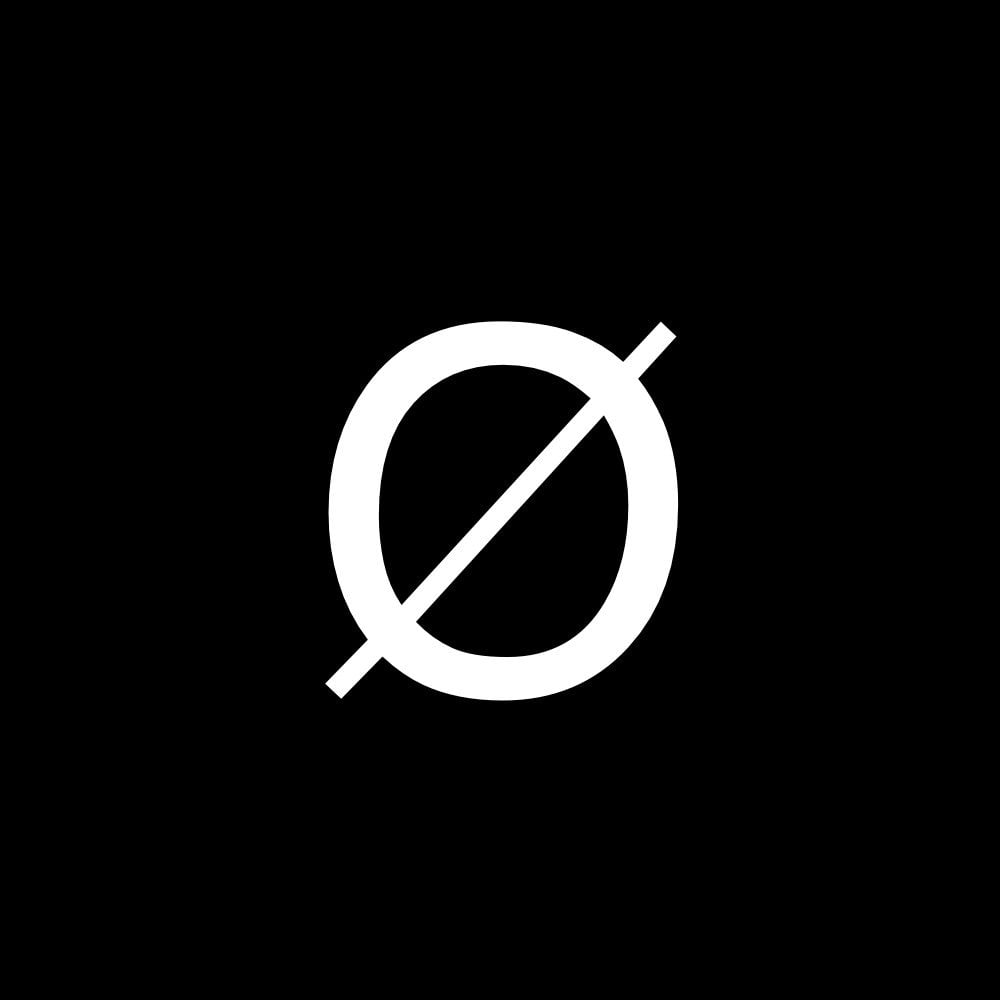
BOLLE (å)
The ring diacritic in Czech lengthens the pronunciation of “u”. Moreover, in Finnish, å is a distinct letter, developed from Aa. For example smorgåsbord.

CARON (č)
Literally meaning ‘little hook,’ caron (č) represents a rising tone. It is used in the Czech word háček.

BREVE (ŏ)
Breve (ŏ) symbol signifies shortening of vowels, in words like drŏll.

Read also – The Invention of Your Favourite Snack Pani Puri




I spent a great deal of time to find something similar
to this
A couple of things, specifically:
1. /smörgåsbord/ is a Swedish word, and Å is a Swedish letter (Finnish rarely uses diacritics, except in the case of loan words, usually “borrowed” from neighbouring Sweden), and
2. /háček/ is the Czech word for “little hook”, and also the name of the diacritic in Czech. It’s used to indicate a ‘rising tone’ in VOWELS ONLY. For CONSONANTS, it indicates a change in their pronunciation (c vs. Č=ch, as in háček = HA-chek). The word ‘caron’ does not have a definition separate from the naming of this diacritic, and the etymology of the word is unknown/in dispute.
With the tilde you forgot the Portuguese ã